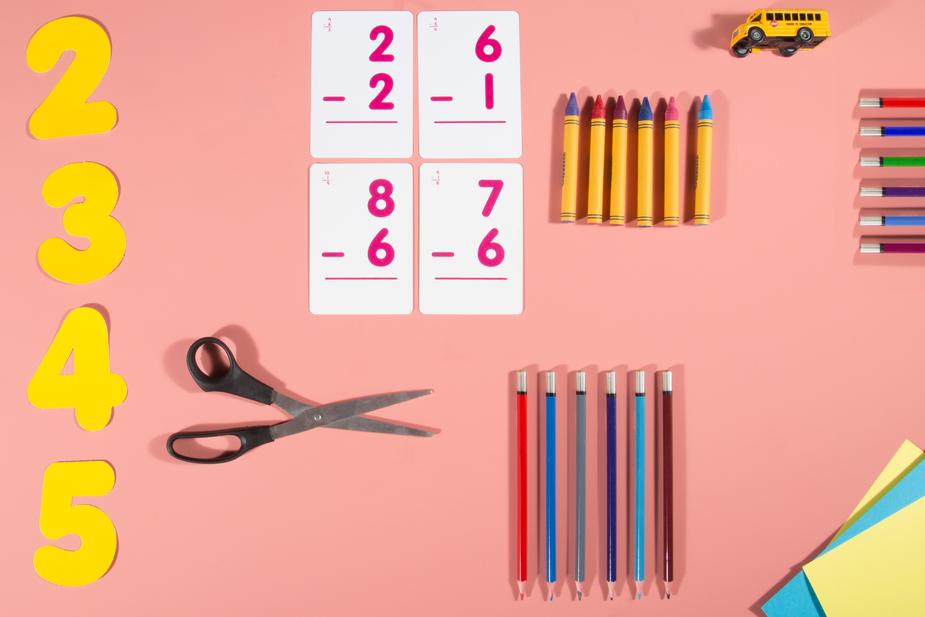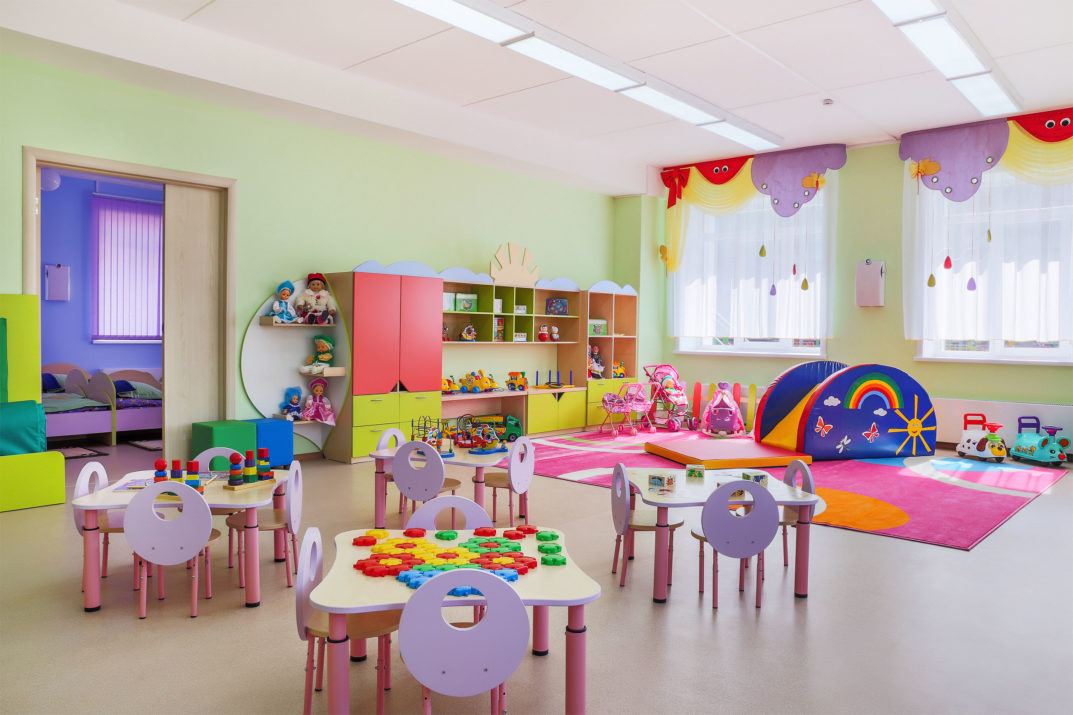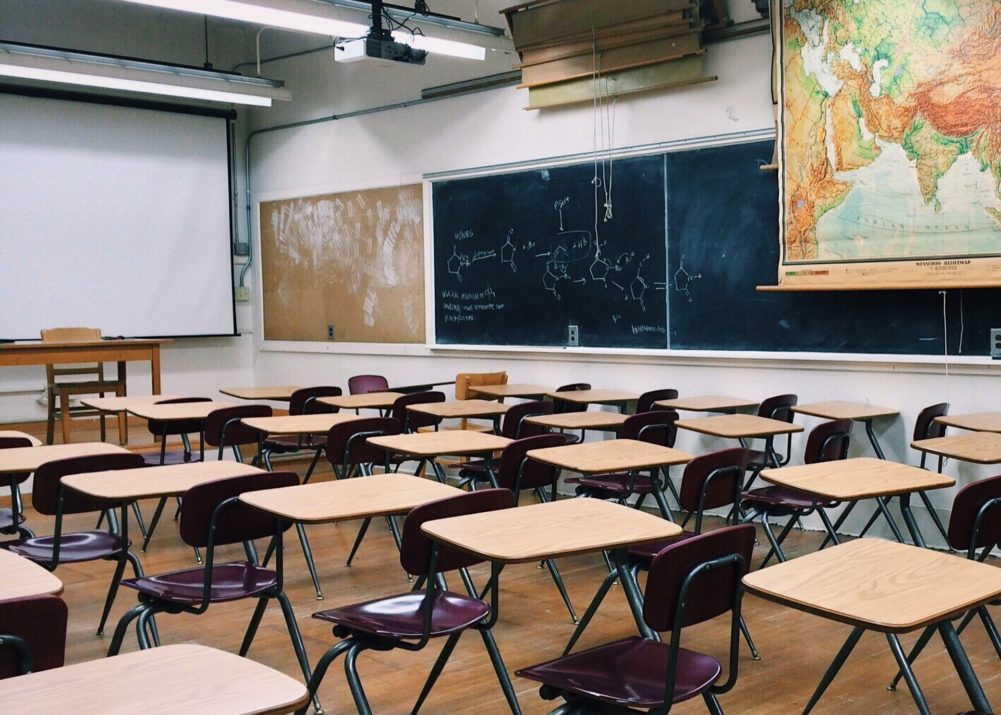Teachers gearing up for a new school year can use these classroom organization tips to ensure a calm and clutter-free space by the time students arrive.
Discipline with Dignity: Creating Rules That Protect Student Self-Worth
Help all students feel safe and learn their best with thoughtful classroom policies that uphold student self-worth and dignity.
Tech Overload: How to Balance Student Screen Use With Real-World Experiences
Excessive student screen use can be linked to developmental deficits. Here’s how to create a balanced approach to screen time in and out of the classroom.
Student Anxiety: How Teachers Can Help Ease the Worry
Student anxiety is on the rise across age groups. Here’s how teachers can identify and help calm anxious feelings, so students can get back to learning.
How Schools Can Compensate for Unplanned School Closings with Online Learning Policies
Stressed about snow days? Here’s how e-learning and online learning policies can compensate for missed time during unplanned school closings.
How Teachers Can Identify and Help Prevent Cyberbullying
Cyberbullying is rife in our schools. Teachers who can identify the signs of this abusive behavior among students can help end it, and keep classrooms safe.
Flexible Classroom Design: How to Create a Student-Centered Learning Environment
Flexible classroom design emphasize student choice and improve learning outcomes. Here’s how to create a learning space that adapts to student needs.
How Teachers and Administrators Can Reduce Chronic Absenteeism and Boost School Success
Ready to take a stand against chronic absenteeism in your classroom? These strategies will help keep students in school, every day.
Student Absenteeism: What Do Empty Desks Really Cost?
Chronic student absenteeism causes irreparable harm, and costs money. Find out why attendance is so important and what those empty desks really mean.










